The Rise of Zero UI and the Future of Invisible Interactions
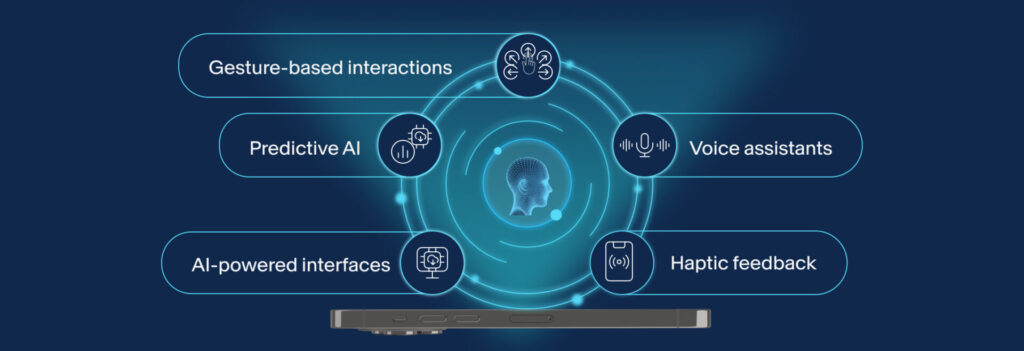
Our interaction with technology is evolving at an unprecedented pace. We’ve moved from experiences powered by graphical user interfaces (GUI) to ones with voice assistants, AI-powered interfaces, and gesture-based interactions, reducing our dependence on traditional screens. This shift in digital experiences towards Zero UI is transforming human-computer interactions across the globe, making interactions with devices […]
UX for IoT Devices: Designing Seamless Multi-Device Flows
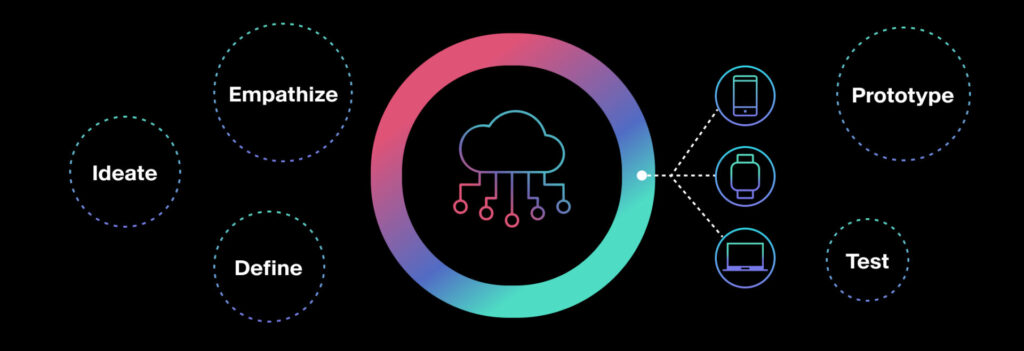
Internet of Things (IoT) is transforming the way we sustain and work, creating a world where connected devices communicate with each other, providing real-time insights and enabling automated actions based on our inputs. But as IoT technology evolves, so does the need for intuitive and seamless user experiences. In a world where we consistently need […]
Fundamentals of Conducting Focus Groups

Understanding users is paramount when designing globally accessible, intuitive products. Gaining valuable insights from user behaviors, triggers, and requirements helps create designs that resonate with the target audience. One method that has stood the test of time, as part of the UX design process, is UX focus groups—a qualitative data collection technique that brings users […]
Crafting a Winning UX Strategy for Pioneering Digital Experiences
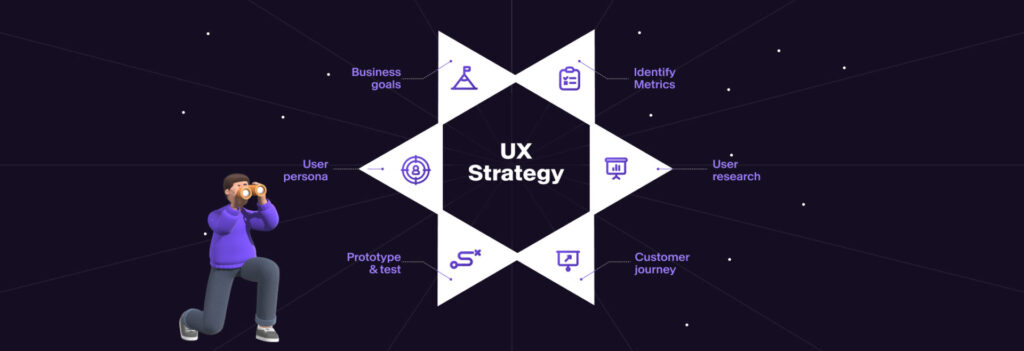
Launching a new digital product? If you are looking to create a digital product that not only provides functional value to the users but also keeps them engaged, user research is where you must begin. The foundation of a great product is building a solid UX strategy, and that starts with understanding real users and […]
A Guide to Designing Effective User Flows
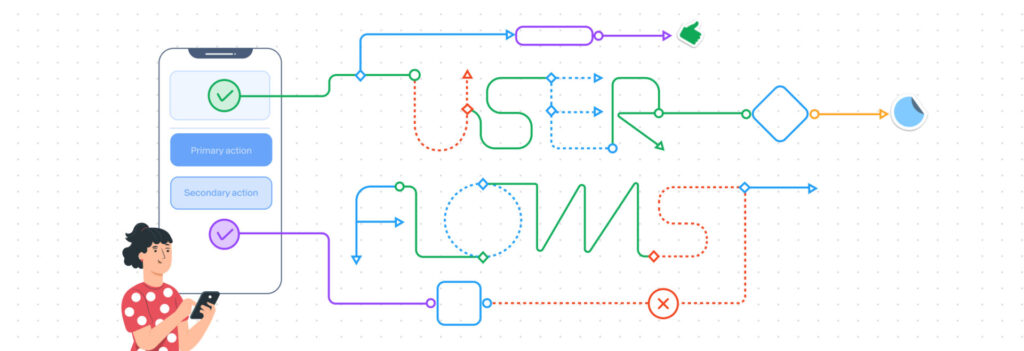
Creating intuitive and impactful digital experiences starts with setting a strong foundation of effective task flows, commonly known as user flows. Whether it is something as critical as booking an appointment or making a purchase on an eCommerce store, or something as simple as signing up for a newsletter on a website—every action by a […]
Understanding Hick’s Law and Its Application in UX Design
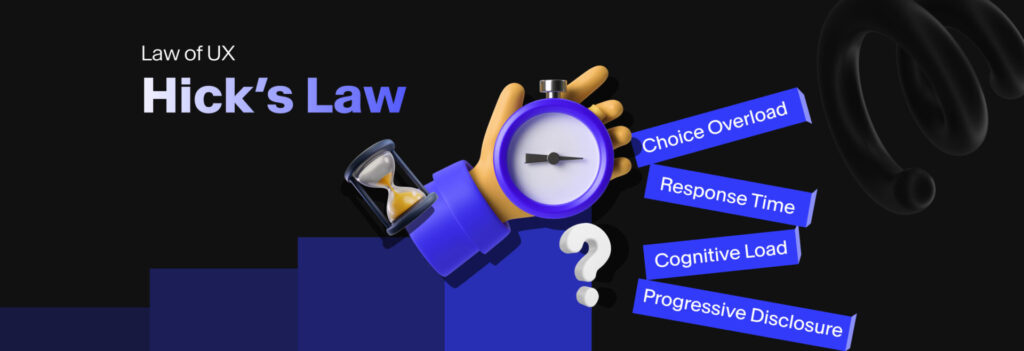
To fully appreciate Hick’s Law in UX Design, it’s important first to understand the decision-making process. When a user is presented with too many options, the brain has to filter out unnecessary information, leading to what is known as choice overload. This can result in frustration, abandonment of the task, or even decision fatigue, where […]
The Pareto Principle in UX: Designing for the 80%

The Pareto Principle, also commonly known as the 80/20 rule, is a concept that has influenced various industries, from economics to business strategy. As derived from Italian economist Vilfredo Pareto’s observation that 80% of the land in Italy was owned by 20% of the population, the principle has become widely applicable to the field of […]
The Role of Signifiers in UX: Mapping User Expectations

Imagine you’re browsing a website, and you come across a button labeled “Click me!” What would you expect to happen when you click it? Would it take you to a new page, open a modal, or perhaps trigger an animation? The answer lies in the signifiers – the visual, auditory, or tactile cues that communicate […]
Building Better Banking Experiences: Best Practices You Can’t Miss

The banking industry is undergoing rapid digital transformations as financial institutions continue to embrace advanced technologies to meet evolving customer expectations. In this highly competitive landscape, the success of banking products hinges on more than just the financial services they offer—the digital experience plays a crucial role in customer satisfaction. With higher customer satisfaction, companies […]
Cognitive Load In UX Design: Key Strategies for Management

As UX designers, our primary goal is to create experiences that are accessible, seamless, intuitive, and enjoyable for users worldwide. However, a critical aspect that often gets overlooked is cognitive load. It refers to the mental effort required for users to process information and interact with an interface or an experience. Understanding and managing cognitive […]